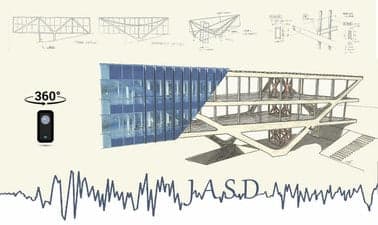MITx: Mechanics of Deformable Structures: Part 1

- Certification
- Certificate of completion
- Duration
- 6 weeks
- Price Value
- $ 99


An Intermediate-Level Engineering Course by MITx
Welcome to "Mechanics of Deformable Structures: Part 1," an intermediate-level engineering course offered by MITx. This course is the second installment in a three-part series designed to equip mechanical engineers with powerful analytical methods and practical calculation techniques for predicting structural behavior.
In this course, you'll delve into the fascinating world of structural assemblages, exploring how interconnected elements such as bars, shafts, and beams respond to various loading conditions. You'll master the art of using equations for static equilibrium, geometric compatibility, and constitutive material response to analyze complex structural systems.
This course is ideal for mechanical engineering students, practicing engineers, and anyone with a strong interest in structural mechanics. It's particularly suited for those who want to deepen their understanding of how structures behave under various loading conditions and learn to make accurate predictions about structural performance.
How learners can use these skills in the real world:
By mastering these concepts, you'll be equipped to tackle complex structural problems in various industries, from civil engineering to product design, making you a valuable asset in any engineering team.
Explore more courses to enhance your cloud computing and Kubernetes skills.

Learn the fundamental principles underlying fluid dynamics; including the kinematics of deformation, hydrostatics & buoyancy, inviscid flow and the application of Bernoulli’s theorems, as well as applications of control volume analysis for more complex problems of engineering interest.

In this revised course, fundamental and modern approaches to Japanese structural design will be explained using historical overviews and Tokyo-Tech’s campus buildings as case studies. Learners will be able to interpret and apply seismic design concepts like energy-dissipating braced frames, spine frames, seismic retrofit, seismic isolation and seismic design of spatial structures. Drawing from the instructor’s past 20 years of experience in design, considerations to sustainability, practical complexities and their solutions will be presented using the campus buildings as design examples with immersive 360-degree interactive videos. Learners will also get an insight into the architect-engineer collaboration through interviews with architectural professors.